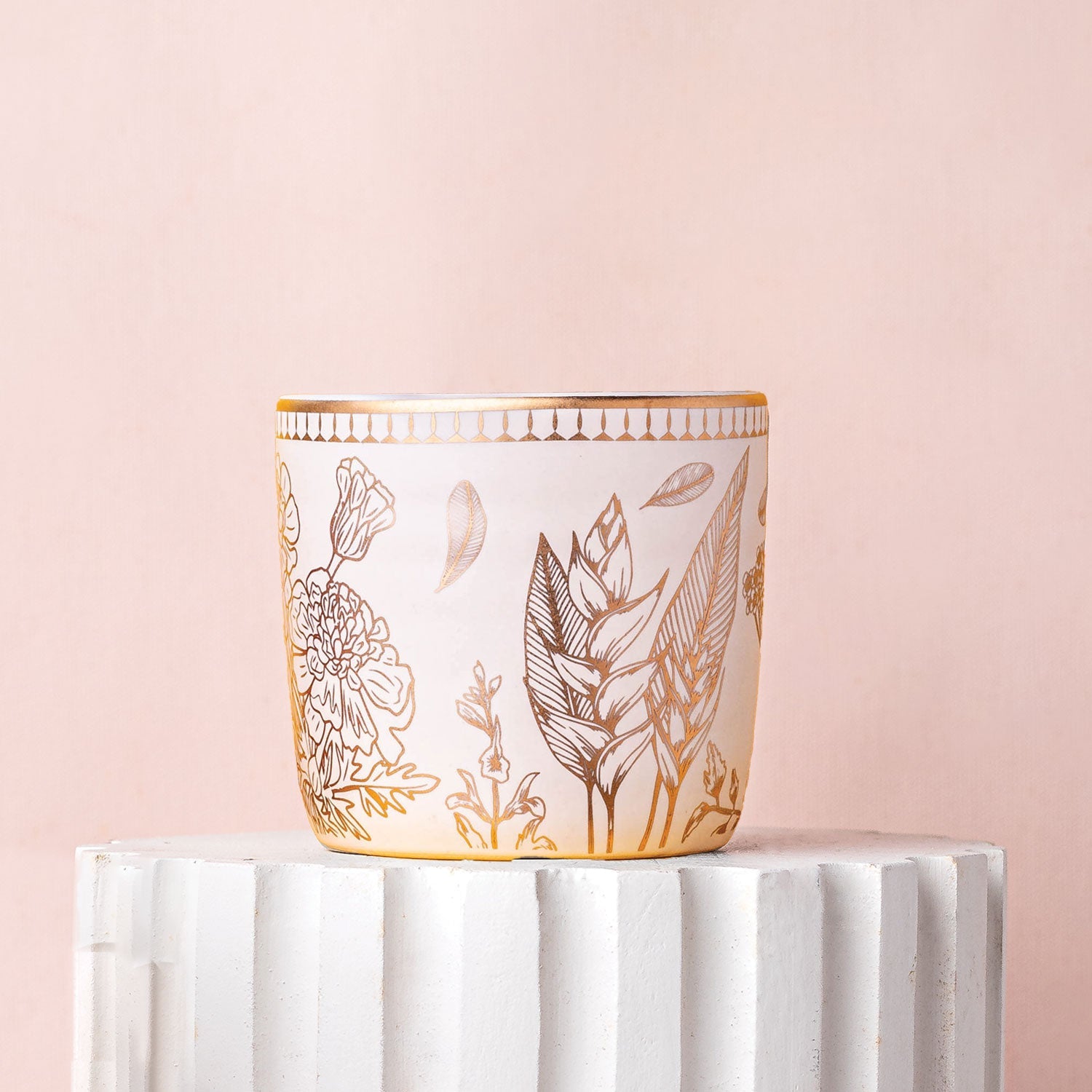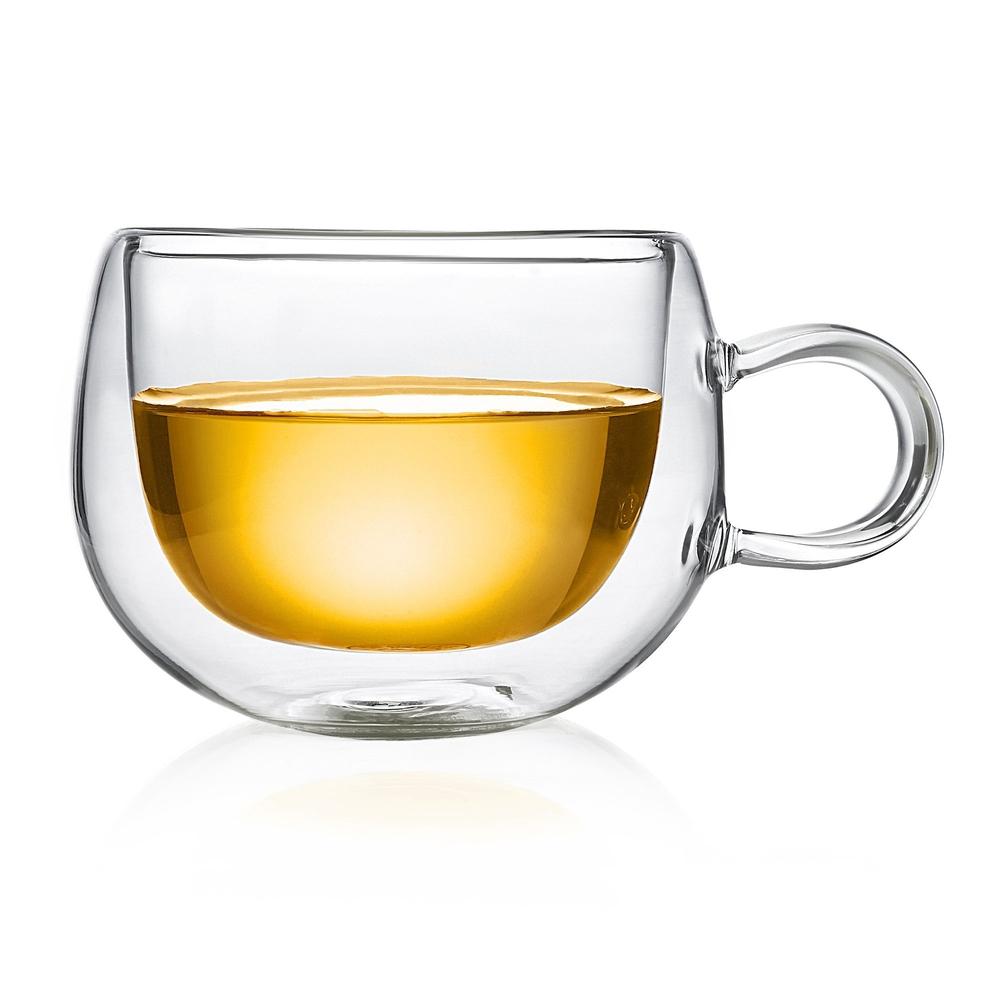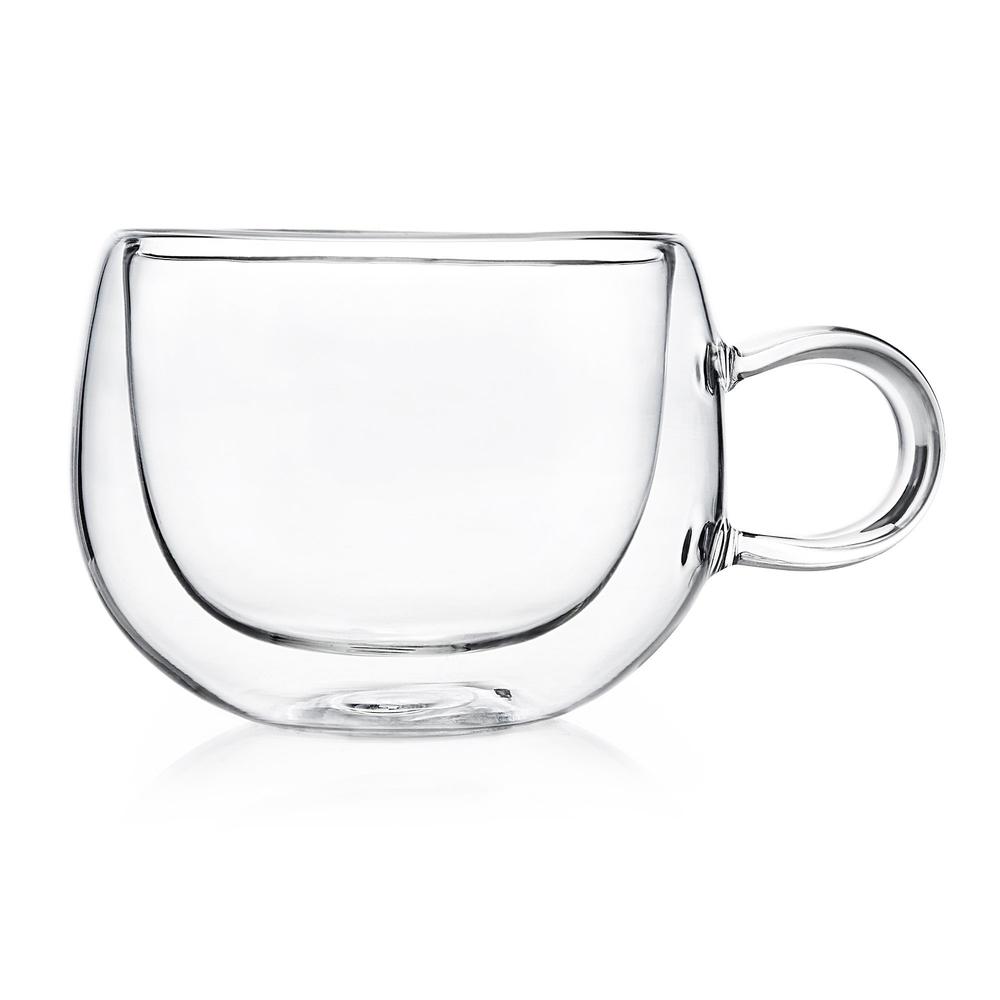A Brief History of Teas
Tea's origin story is infused with a blend of myth and factual incidents spray painted by ancient concepts of spirituality and philosophy.
According to Chinese legend, the history of tea began in 2737 B.C.E. when the Emperor Shen Nong, a skilled ruler and scientist, accidentally discovered tea. While boiling water in the garden, a leaf from an overhanging wild tea tree drifted into his pot. The Emperor enjoyed drinking the infused water so much that he was compelled to research the plant further. Legend has it that the Emperor discovered tea's medicinal properties during his research.
Indian history attributes the discovery of tea to Prince Bodhi-Dharma, an Indian saint who founded the Zen school of Buddhism. In the year 520, he left India to preach Buddhism in China. To prove some Zen principles, he vowed to meditate for nine years without sleep. It is said that towards the end of his meditation, he fell asleep. Upon awakening, he was so distraught that he cut off his eyelids, and threw them to the ground. Legend has it that a tea plant sprung up on the spot to sanctify his sacrifice
According to the Story of Tea, tea drinking likely began in the Yunnan province during the Shang dynasty. From there, the drink spread to Sichuan, and it is believed that there for the first time people began to boil tea leaves for consumption into a concentrated liquid without the addition of other leaves or herbs, thereby using tea as a stimulating drink rather than a medical concoction.
In the nascent stages of tea consumption the leaves are primarily used for medicinal purposes rather than a pleasurable drink. It was during the tang dynasty that tea actually found its rhythm and tax impositions were levied on the leaf. The Ming dynasty improvised further and started to roast their leaves in order to prevent them from rotting. The leaves left in the air to oxidize produced black tea (or red tea as the Chinese like to call it). This was manufactured mainly for exports. The Chinese continue to drink their native green tea even today.
The Dutch were the first to drink tea in Europe, shipping it in 1610, with the introduction to Britain around 1650. It arrived a few years after coffee had reached England. In 1657, Thomas Garway, an English proprietor, had the idea of offering tea to the public, and it quickly became the drink of choice, far outpacing wines and liquors. Unfortunately for the government, Britain soon began to lose all the taxes accompanied with the sale of liquor. They quickly remedied the situation, however, by imposing a tax on tea. Nonetheless, it was not until the early part of the next century that it became a common beverage for the upper and middle classes.
The drink gained further legitimacy when Charles II married Catherine of Braganza, a Portuguese royal, who adored tea and introduced the concept of tea time to the court. Soon thereafter, a key competitor to the Dutch, the British East India Trade Company, established their first foothold in the East by securing a tea factory in Macao.
British East India Company ("The Company") established itself as the dominant trading power and would go on to monopolize the tea trade with China. Trading stations sprung up in India, including hubs in Bombay, Bengal, and Madras. The business of tea was being recognized and utilized efficiently to boost the British treasury significantly.
The British would exploit the tea trade for profit and political power over the next century. This became an important tool to rival the Chinese supremacy in the tea market globally. The discovery of tea leaves in Assam and the nilgiris helped the British to structure an industry of superior quality tea leaves and the effective marketability of the product on an international stage.
Despite the Company's dominance, China remained the primary source of tea for Western demand up until the mid-1800s. Looking to gain the upper hand and gain impetus over Chinese teas the British Tea Committee sent Robert Fortune, an English botanist, on an undercover mission to China. Disguised as a Chinese merchant he travelled around the country learning about farming and processing techniques. This spy mission set the stone for the innovation and experimentation that the Brits would employ to their techniques in India.
Around 1823, a British Army Major Robert Bruce stumbled upon indigenous tea bushes growing in the Northeast region of Assam, India. With this discovery of tea, the British East India Company seized the opportunity to experiment with growing tea in not only Assam but also in Darjeeling, a region in North-eastern India at the foot of the Himalayas. These dynamic moves in the fundamental stages helped the British to fast track its ascension to the ever growing tea business. A Company employee, Dr. Campbell, first planted Darjeeling tea seeds in his garden at Beachwood, Darjeeling. The planting proved so successful that in 1847 the British government began developing a large number of tea estates in the area. This marked the beginning of a new, flourishing tea industry in India and an end to reliance on Chinese grown tea.
Tea invaded Japan, America and all over Europe rapidly. The versatility of the leaf was being recognized and appreciated. The Japanese popular method of preparing tea involved grinding the delicate green tea leaves into a fine powder using a stone mill. This powder, called Matcha in Japan, was a precursor to the traditional Japanese tea ceremony ("Chanoyu"), and it was popularized by the Zen monk Eisai. Matcha is prepared with bamboo whisks ("chasen") and served in hand-crafted bowls ("chawan"). The Americans even performed the infamous Boston tea party to rouse political flames in revolutionary times .Tea had now integrated itself worldwide right into the kitchens of people's homes, workplaces and relevant culture with a unique stamp of its own.
A cup of tea held itself the power to heal, soothe and rejuvenate. People worldwide made this leaf their own. The perfect cuppa had been tailored to the tastes and palates of diverse beings and cultures globally. This enabled one to identify with the brew and helped escalate its already soaring popularity.








